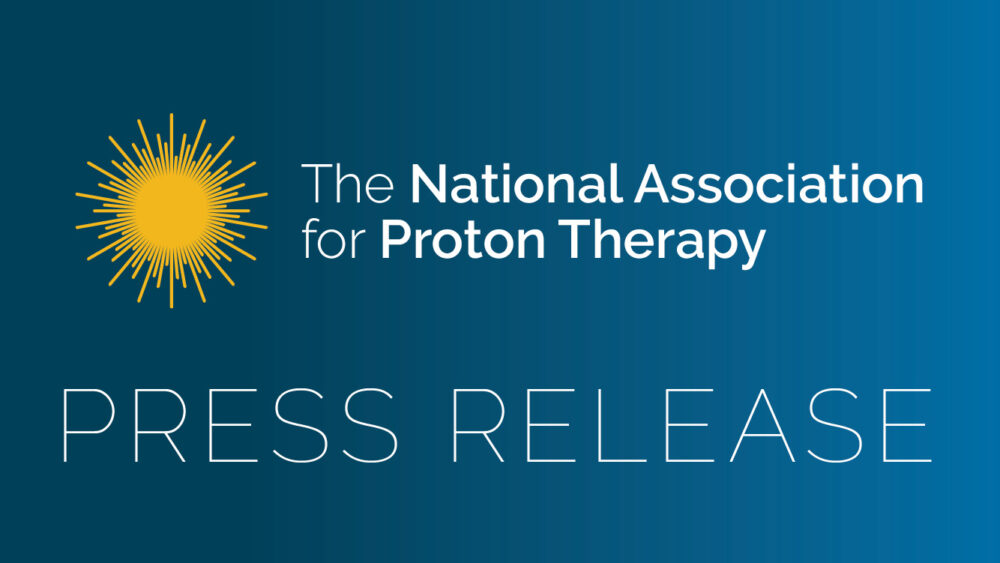August 30, 2022: The National Association for Proton Therapy (NAPT) commends the Center for Medicare and Medicaid Services’ (CMS) indefinite delay of the Radiation Oncology Alternative Payment Model (RO Model): “After years of hardship and uncertainty for patients during the pandemic, CMS leadership is right to indefinitely delay the RO Model given the negative impact it would have on innovation and existing inequities in access to advanced cancer treatments like proton therapy,” says Jennifer Maggiore, executive director of NAPT. “NAPT will continue its work with stakeholders and the Centers for Medicare and Medicaid Innovation (CMMI) to support cutting-edge technology while fairly compensating for advanced treatment modalities such as proton therapy.”
“NAPT remains firmly committed to promoting high-quality, evidence-based cancer care and improving outcomes for Medicare beneficiaries while reducing costs. The RO Model delay provides an opportunity for CMMI to address systematic flaws of the payment model and to collaborate with NAPT and other radiation oncology stakeholders, who support value-based care and the advancement of innovative cancer treatment technologies.”
NAPT submitted a letter to CMS emphasizing the necessity that one modality is not disproportionately impacted. Any redesigned model should incentivize the most clinically appropriate use of cancer treatments that lead to the highest quality of care and the best patient outcomes.
“NAPT welcomes the indefinite delay of the RO Model and will continue to work with its member centers and the particle therapy community at large to ensure equitable access to cancer care for patients.”
###
The National Association for Proton Therapy (NAPT) is an independent nonprofit organization founded in 1990 to educate and increase awareness about the clinical benefits of proton therapy. Its members include 40 of the nation’s leading cancer centers many of whom are NCI-designated comprehensive cancer centers and NCCN members. The mission of NAPT is to work collaboratively to raise public awareness of the clinical benefits of proton therapy, ensure patients’ choice and access to affordable proton therapy, and encourage cooperative research and innovation to advance the appropriate and cost-effective utilization of proton therapy.



